Whether you want to do OMAD for longer, or just experiment with intermittent fasting, there are many things you can use to help you make this process more sustainable and achievable.
Here, at MillennialHawk, we reached out to nutrition experts to learn more about the best practices on how to maintain weight after intermittent fasting. Keep reading to see what they had to say.

1. Eat later than usual
One thing you’ve probably noticed on OMAD is that the longer you wait to eat your meal, the better it tastes.
Eating later during the day can help you to enjoy your meal so much more. Start by skipping breakfast or move your lunch further up in your day.
Longer fasting increases your palatability, and your olfactory (smell) senses, so you’re becoming more apparent of them – Dr. Jameason Cameron.
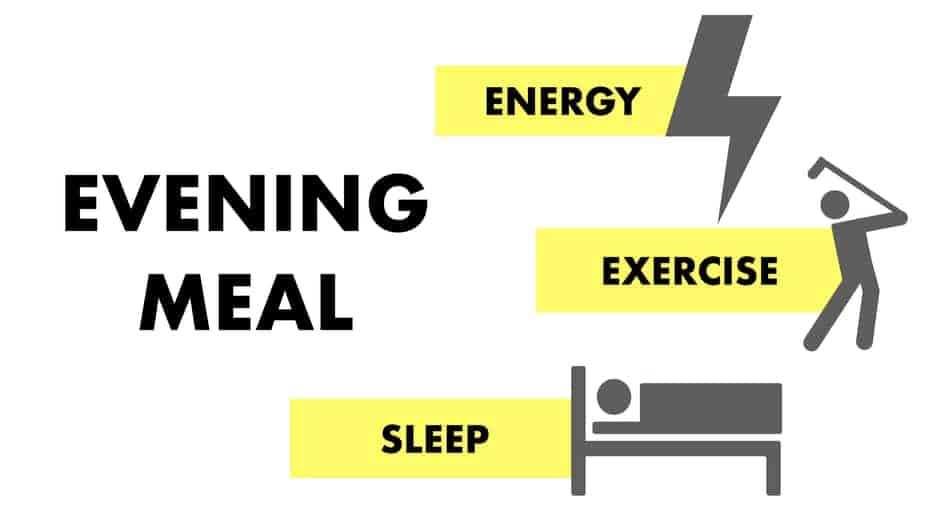
There are no certain rules on the time you should be eating.
I generally try to wait for my meals until around 12 pm.
Sometimes sooner than that. (And sometimes even later.)
First thing in the morning I try to get busy right off the gate so I don’t distract myself with food.
2. Keep it simple
Simplicity trumps everything. The more simple you keep it, the less stress you will have.
After you finish OMAD you may have this anxiety about when and how often should you be eating to maintain weight. And that’s ok.
During your affair with OMAD, it should tune you into your body signals at a much deeper level.
So after doing OMAD for several days or even weeks, you should be quite familiar with your physical hunger. So here’s my tip

Use that as your compass.
Don’t get caught up in calculating when exactly was your last meal.
Don’t follow any strict eating schedule.
Eat when you are physically hungry.
Stop eating when you’re no longer hungry.
This approach will offload so much stress from your mental inbox.
Later you may realize that you don’t think too much about the food anymore. You’re the boss here.
OMAD gave you a nice experience of how you feel when you’re really hungry. Use that.
That’s exactly how I do it. I eat when I feel physically hungry. And I stop eating when I’m no longer hungry.
3. There is no “good” or “bad” food
Don’t look at food as good or bad. Instead, look at your food as satisfying or not. The more satisfying foods you choose, the less hungry you feel throughout the day.
For instance, if eating dry skinless chicken breast won’t satisfy you, eat a pork neck or other ‘less lean’ protein. It has more fat than chicken breast but will satisfy you, and keep full for longer.
If you have a meal that has a bit extra calories, but it will satisfy you, then that’s ok. – Karen R. Koenig.
4. Eat slowly
Takes around 15-20 minutes for your meals. Don’t gobble your food. By slowing down on your meals, you can literally reduce your food intake to half, and still feel full.
(Use the checklist below.)
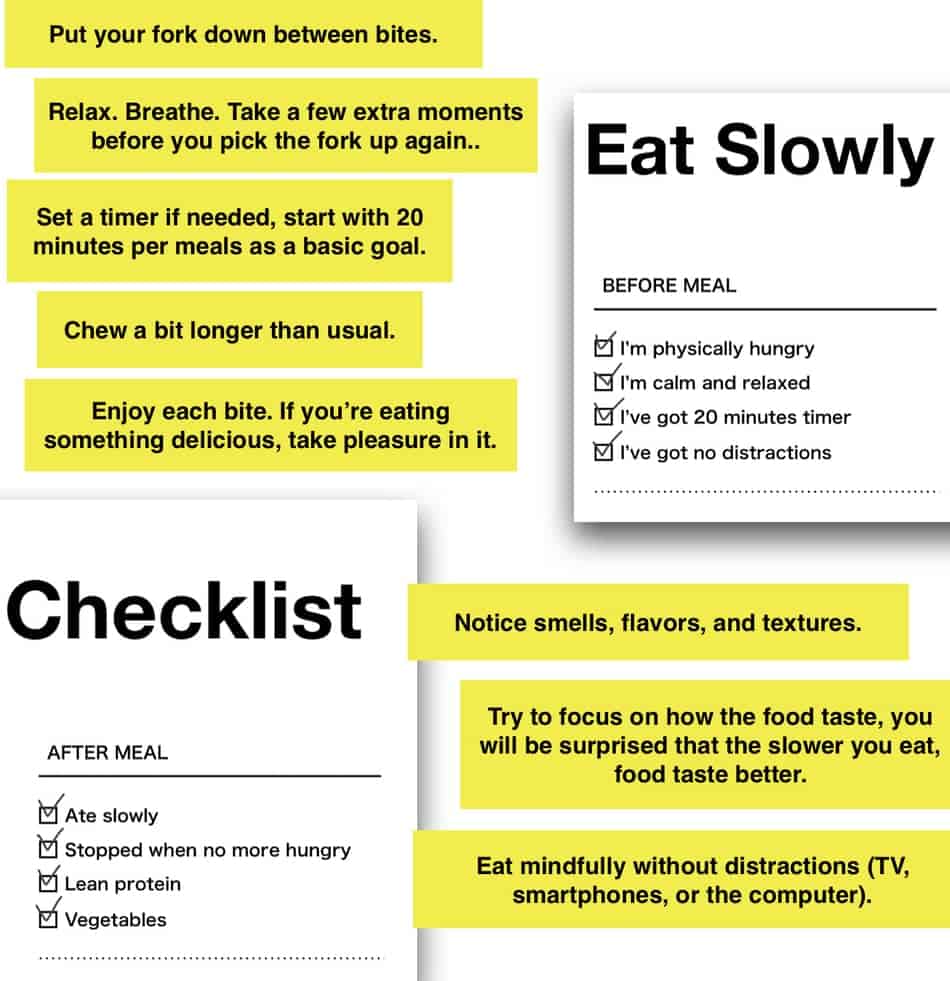
If you happen to have a night craving for some food, simply slow down.
Not only you will satisfy your cravings, but also you will eat less and your food will taste better. – International Journal of Behavioral Nutrition and Physical Activity.
5. Study your emotions
(This is by far the most profound lesson I got from OMAD.)
Notice and name how you feel when you are hungry. Use pen and paper to document your feelings, thoughts, and emotions. See, if you can notice any patterns.
Some people use food to cope with stress. Not eating means you may need to find new ways to regulate these emotions.
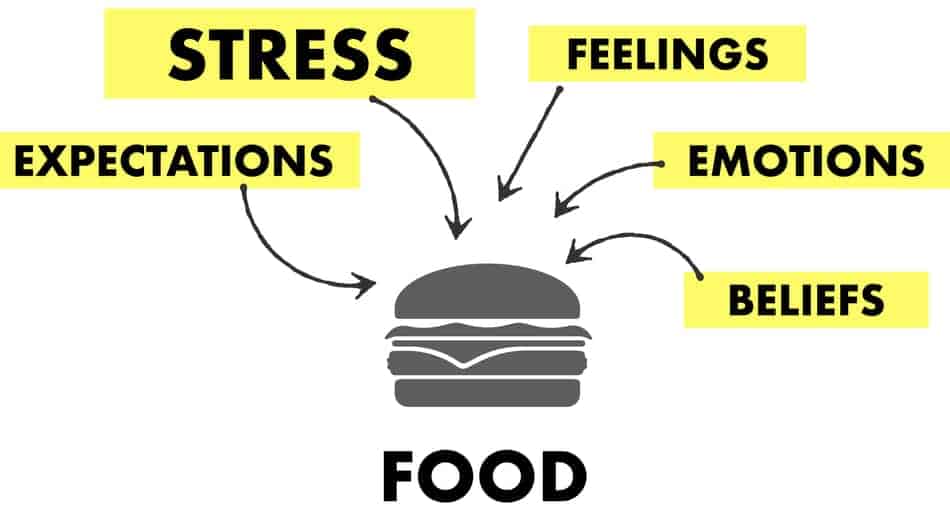
It’s ok to feel uncomfortable, sad, angry, or frustrated. And once you do, it’s healthier to use your social circle to express those emotions.
Food is for feeding, not for regulating emotions – Cambridge University Press.
6. Exercise Fasted
I love to workout. Not because I like the sweat, but because I love the energy it gives me. Plus it’s a free stress reduction therapy.
I believe that exercise should be part of your daily routine.
Especially if you want to maintain weight after OMAD.
It doesn’t have to be anything extreme. A 20-minute walk will do, or some bodyweight exercise.
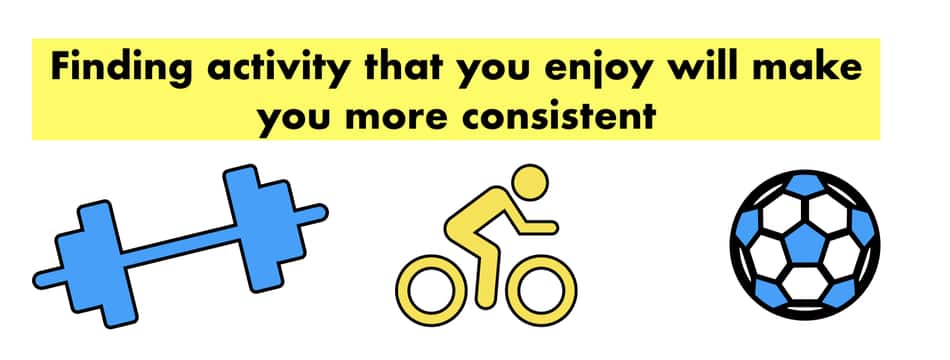
It can improve your productivity, mood, and sleep. If you feel low, then try to do a quick workout and see if you can get back on the schedule.
Don’t think about it as burning calories. Do something that you enjoy. Because then you can be consistent – Alexandra Ferreira Vieira.
7. Improve your hunger tolerance
Another big lesson that I got from doing OMAD is my hunger tolerance improved.
This was a game-changer.
Before I used to freak out on the slightest tummy rumbles. I thought that was hunger. (I was dead wrong.)
The more I’ve practiced with OMAD, the closer I’ve tuned in with my internal cues. In the beginning, was hard, but later on, I was more comfortable with it.
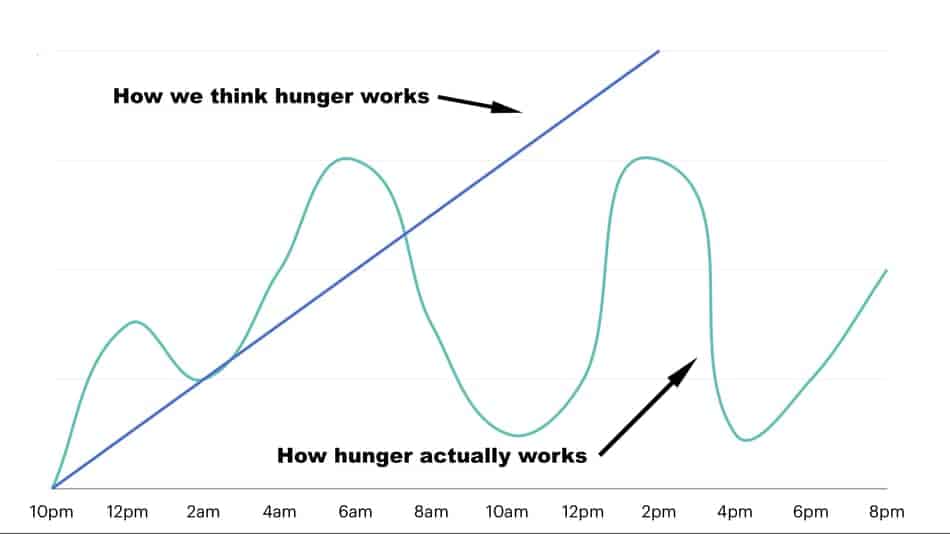
Hunger is just a feeling and it is not an emergency. It doesn’t build up progressively. It can peak at certain times and then come back down – Geetali Pradhan.
8. Improve appetite awareness
Apart from getting more familiar with my hunger, also my appetite signals started to be more apparent. Some people cannot differentiate between appetite and hunger.
Hunger tells you it’s time to eat.
Appetite is wanting to eat.
Think of your appetite as an emotional hunger (see graph below.)
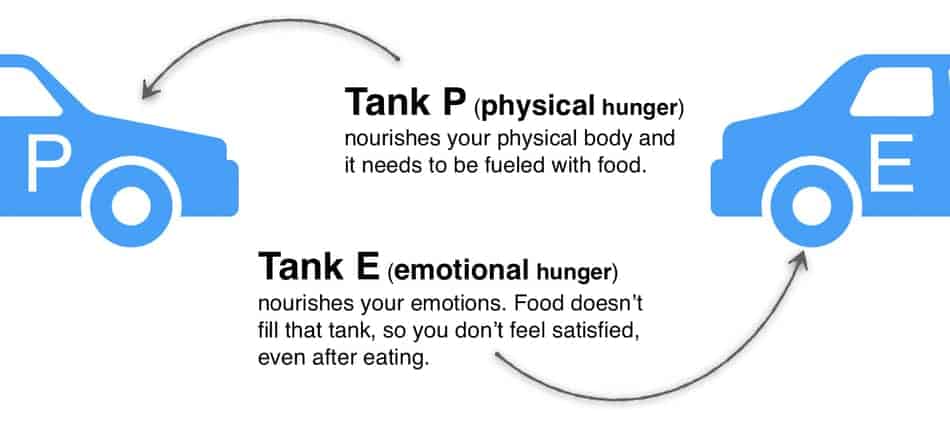
The difference between appetite and hunger is that
- Appetite comes suddenly. One minute you may want to eat something, but then you got distracted and your appetite goes away.
- Hunger is building up gradually. It doesn’t just come out of nowhere.
Hunger goes away after your meal.
Appetite can persist. So if you are eating a 2-pound Ben and Jerry ice-cream tub after your dinner, this is not physical hunger.
9. Use a food journal
Using a food journal helped me a lot. It built my self-awareness about the feelings and thoughts that I had before, during, and after my meal.
Write down your feelings and emotions. You may discover that situations, thoughts, people, places, or specific foods trigger you to eat more (or eat certain foods).
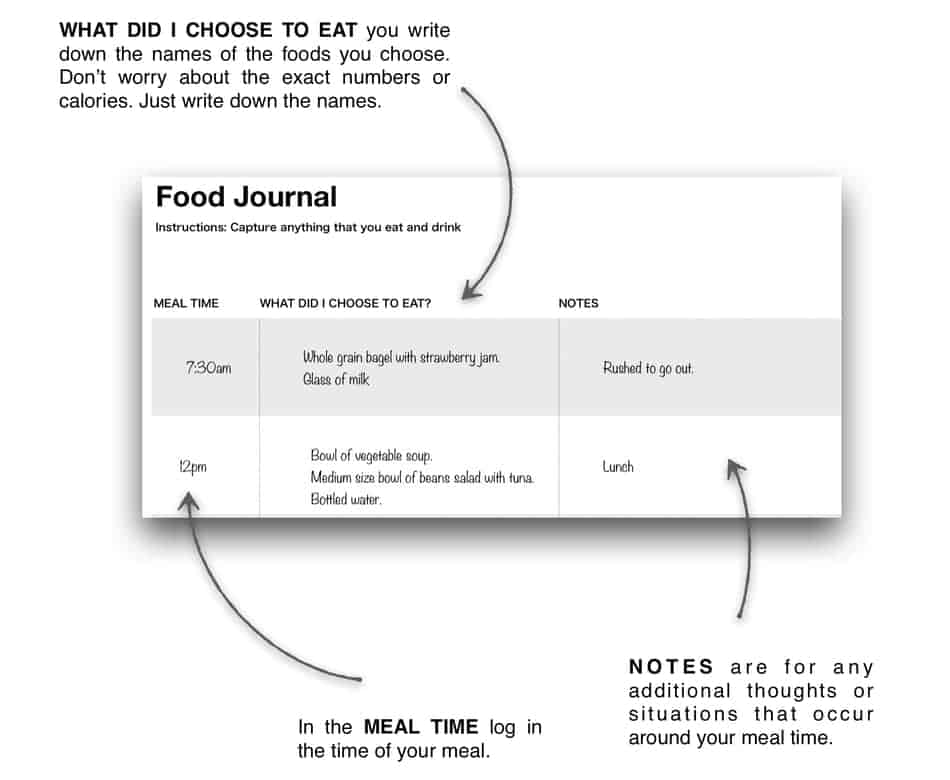
In other words, using a food journal can help you discover “blind spots”.
10. Practice self-compassion
Don’t beat yourself up when you get off track. Don’t think that you fail because you eat more for a day or two.
Even if you get off-road for a moment it’s not the end of the world. So give yourself a compassionate hug.
People who are more compassionate to themselves perform better and rarely “choke” under pressure. They are more resilient and able to bounce back faster. They feel less depressed and less anxious – Kristin J. Homan.
11. Stay Positive
Try to avoid negative self-talk (which is the opposite of self-compassion). Go sleep earlier. Take a walk outside.
Read and try to relax to calm yourself down when needed. Please remember that OMAD does not work for everyone, so if something gets you worried or stressed, relax, calm down and move on.
